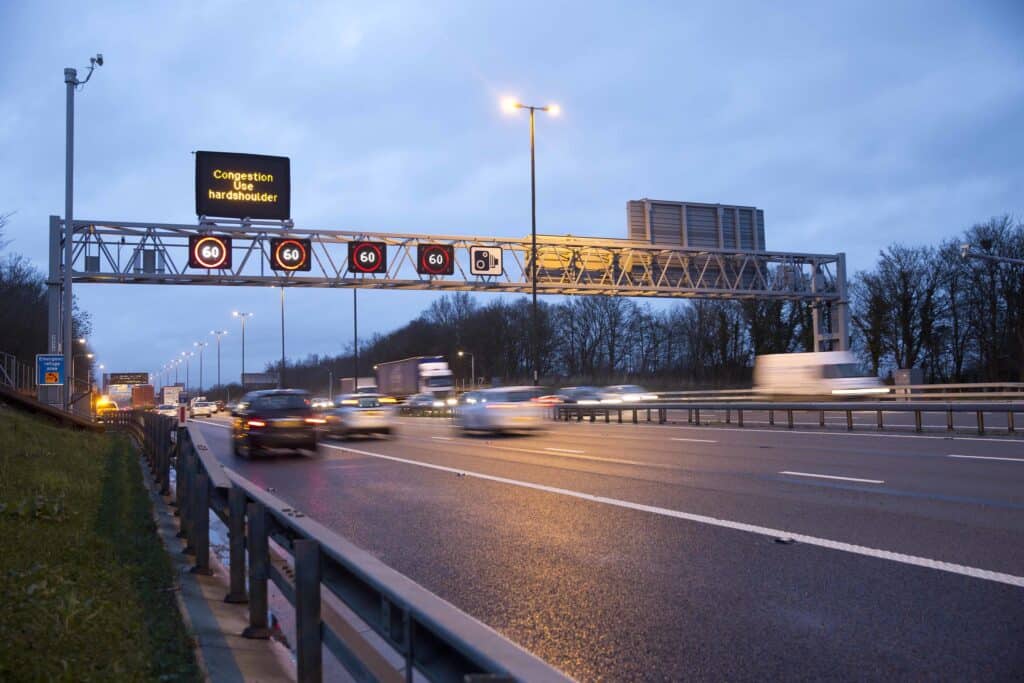
Investigation Launched Over Smart Motorway Software Failure
An investigation has been launched after a software failure affected significant portions of the smart motorway network.
A power outage meant that signals and signs weren’t working properly and the stopped vehicle detection system, a crucial part of the all-lane-running smart motorway system, was down from 8.30-10.30am on 22nd February 2022.
The system relies on the stopped vehicle detection system to identify when a vehicle has stopped on a smart motorway and alert other drivers by closing the lane and diverting (and slowing down) traffic.
Without the system in place and working, a stopped vehicle would need to be detected by CCTV or via National Highways patrols.
A ‘Significant’ Smart Motorway Failure
The situation is highly concerning because the network of smart motorways in the UK is incredibly large and without the proper safety mechanisms in place, it can place drivers at risk.
Without the stopped vehicle detection safety measures in place, anyone who had broken down was in danger of a collision, something which National Highways are conscious of as being an unacceptable level of risk.
The faults affected many major routes including the M5, M6, M60, M62 and the M1 north of Southampton.
Without being able to illuminate the overhead signals with the red ‘X’ sign that signifies a closed lane or a hazard that’s been detected, drivers would have been unaware of any issues ahead.
Of course, that’s not an issue with non-smart motorway stretches of road but because there is no permanent hard shoulder, stopped vehicles are unable to move over into a lane that is not live.
There is also the issue that if a vehicle became stranded, the overhead signals would not have been able to alert drivers of this fact.
What Was The Issue?
National Highways has said that a software malfunction caused the issues, but it has thankfully stated that there have been no reports of any incidents or injuries because of the issues.
Engineers worked hard to get the system fully operational again, but the investigation will be crucial to determine how the issues happened in the first place, as well as working to avoid a similar situation in the future.
Smart motorways are under scrutiny at the moment with a similar outage in October 2022 occurring and a report has already highlighted issues with the stopped vehicle detection on all-lane-running (ALR) smart motorways.
In fact, the Department for Transport paused the introduction of any new ALR smart motorway roads until enough data had been gathered on the safety of the technology.
That means a five-year period where safety data is collated and then recommendations can be made on how to ensure that new ALR smart motorways are running at the optimal levels of safety.
What do you think of smart motorways? Are they as safe as they could be, or could more be done to keep drivers safe? Let us know in the comments below.

